Well you guys got me motivated to tear into my soft/broken transom as a winter project. My 1989 Phantom had a crack in the splashwell which was opening up when I hammered the throttle. Got me a little nervous, so I decided to tackle the repair to be sure the XR4 stays on the back of the boat.
I took the path of cutting the splashwell out. Taking the whole cap off was way out of my ability, plus I plan to be fishing this spring. So the splashwell came off last week. First impression is that I was in no danger of the transom ever actually dropping the motor off the back. The fiberglass is unbelievably strong. Second impression is that I WAY underestimated how difficult it would be to get all the wood out of the old transom. There was no rot whatsoever, it was simply wet/spongy. So far, I've used a chainsaw, sawsall, rotozip, air grinder, and hammer and chisel. I've got about 15 hours in just getting the wood out.
My plan is to replace the transom and knee braces to at least as strong as it was originally built, repair the crack in the splashwell, and hopefully strengthen the area where the crack developed.
I need a little advice on materials to order. The original knee braces have a very heavy layer of at least 1/4" of fiberglass. It looks to me like they used some thick mat, covered with heavy 18oz cloth. I've been looking at the US Composites web site and they have a lot of choices. I think I probably need;
1/2 oz mat to go between the 3 layers of 1/2 plywood for the new transom
2 oz mat to build up the high strength areas
4 (or 6 or 7-1/2 or 8.5 or 8.9 or 10) oz cloth for covering the mat and used in tight corners (Which one?)
18oz cloth for the transom and top layer of the knee braces
Do I need the 4 or 6 or 8.9 oz S-glass for anything?
What about biaxial?
Appreciate any help from the experts.
Here are some pics of progress;
-Duke
1989 Phantom Panther
Merc 150 XR4





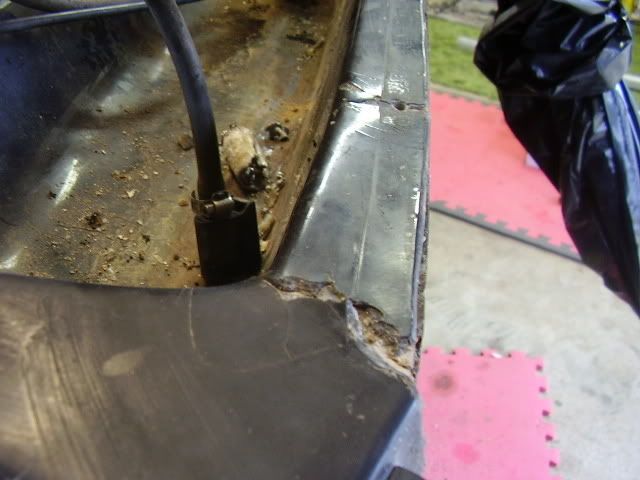
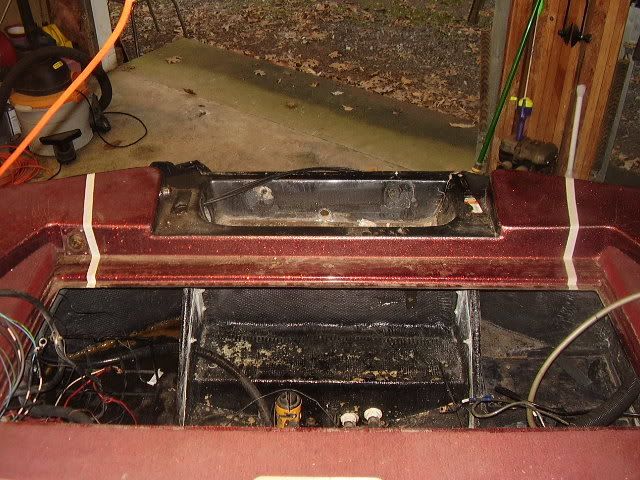
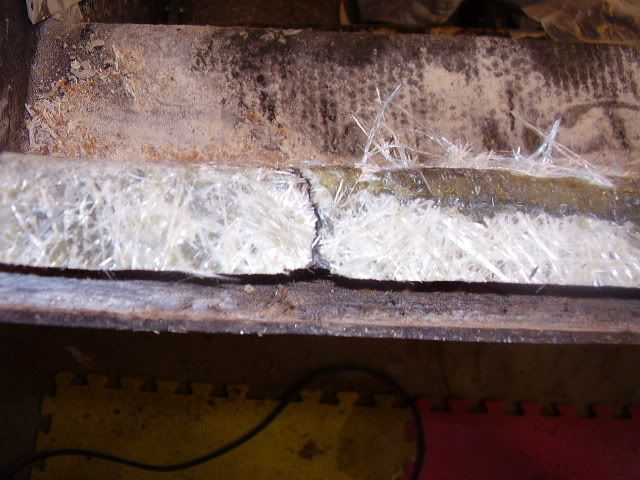
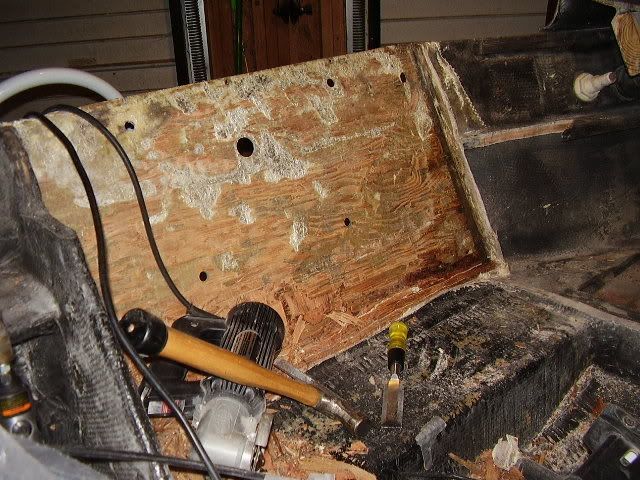

 Reply With Quote
Reply With Quote








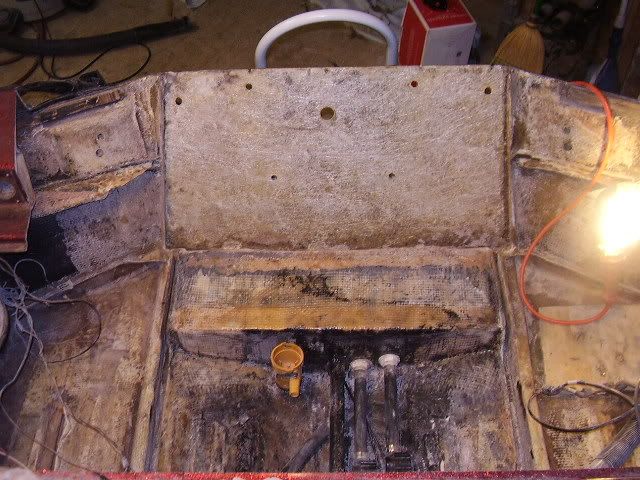
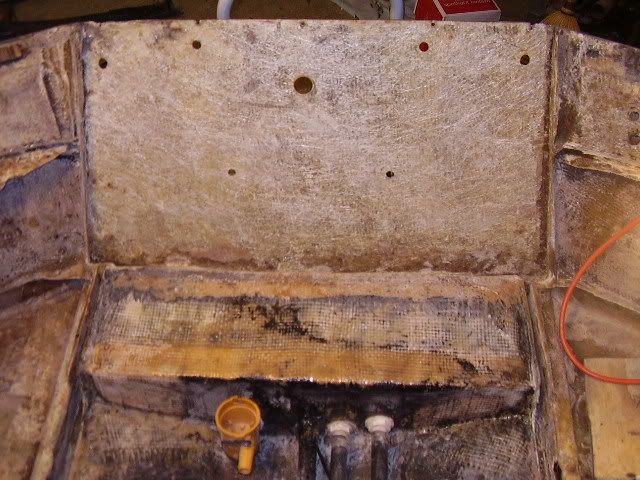
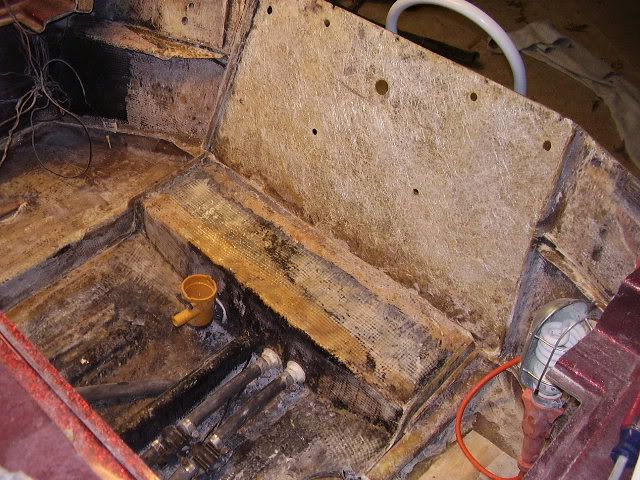

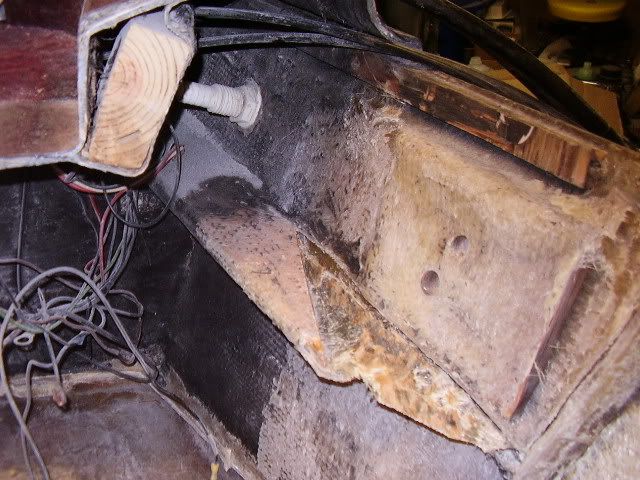
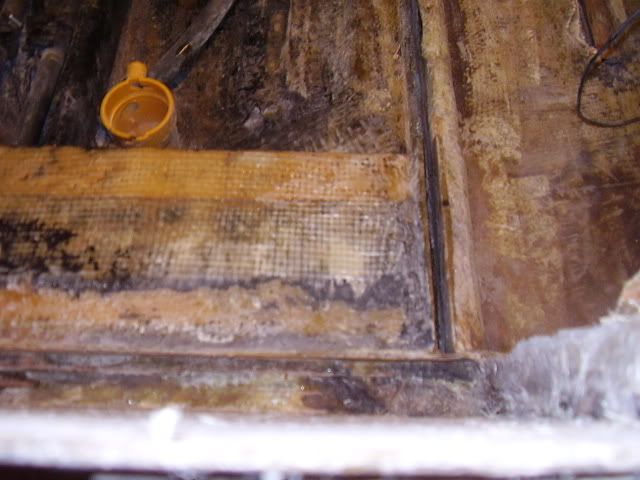
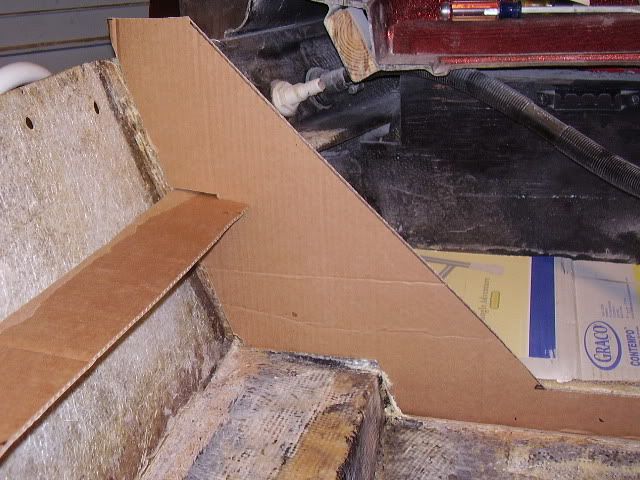
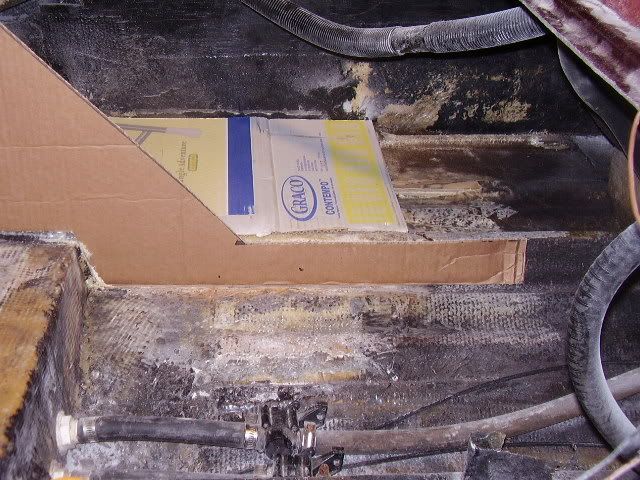

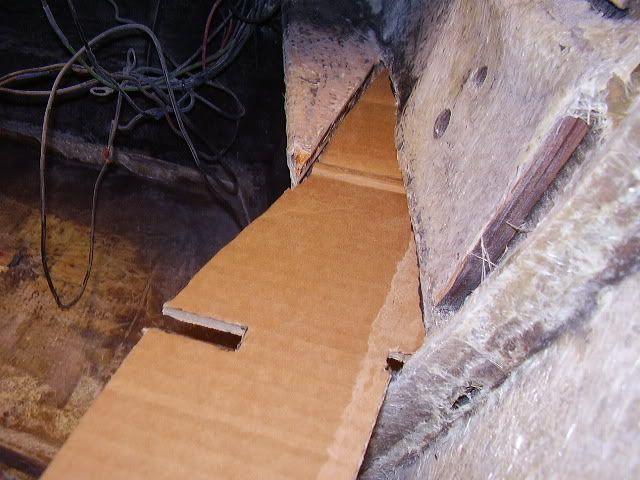
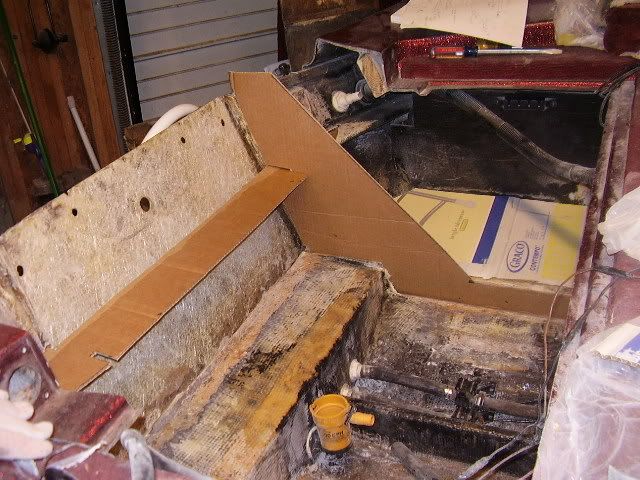

 . Looking good!
. Looking good!



